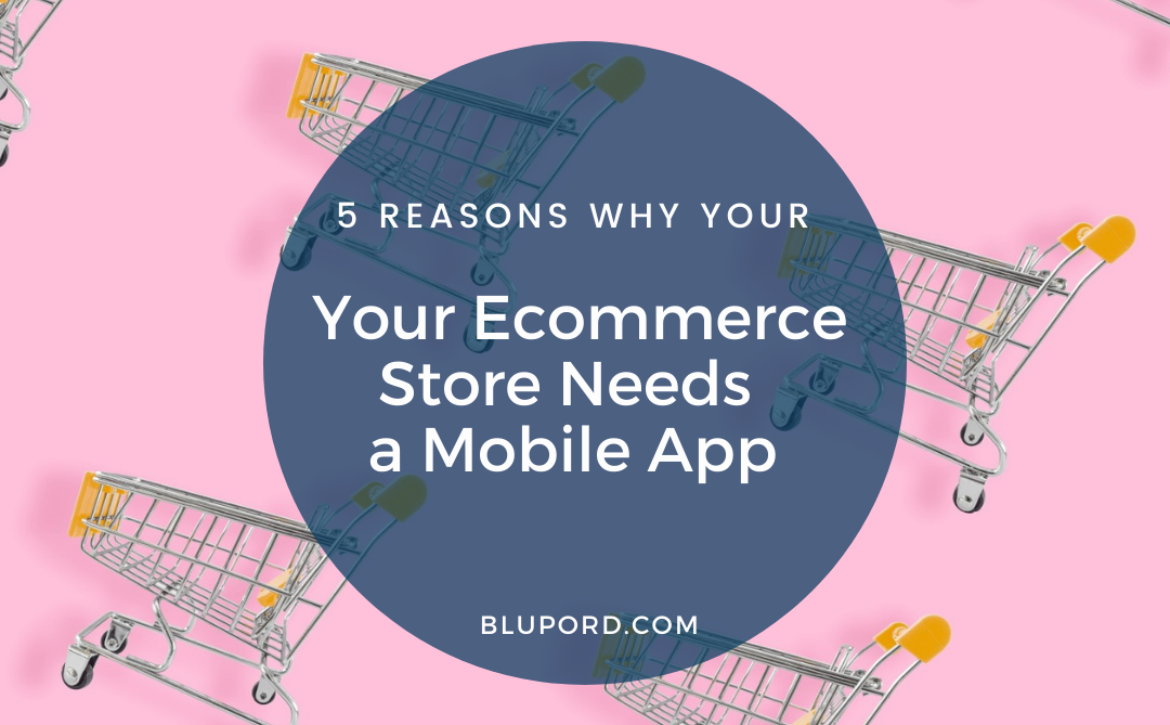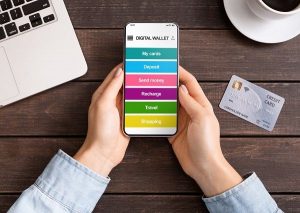A Step-by-Step Guide To Building Your First Mobile App
First thing first – ask yourself why is a mobile app required for your business or idea? The answer to this question will provide whether your app will be of success or not.
Let’s get started with the guide, however there has to be a little disclaimer that it might not work for everyone. This is what our personal experience reveals as we have delivered services to various types of clients, helping them build and market their mobile apps. Note the points or information which suits your strategy best, and follow it to the hilt.
Step 1: Get an idea or a problem.
The base for every creation is the idea or a problem which makes you think about the creation – basically your app is solving what problem identified in the market? If you already have an app idea then you can go to step two. If not, then let’s explore together. Want to build an app but don’t have an app idea yet? What you really need are problems, and they’re everywhere!
Successful entrepreneurs get the solution to the problems in a way that we could not have imagined. When aware of your surroundings, every single product and service you use were all created to solve a dedicated problem. For example if you are feeling hot, you can switch on the fan, you want to have more comfort, then go for A.C.
So look for problems in your day to day life and list each one of them. Once you have a pretty good list, then start to think about the solution to those problems and shortlist the ones that make most sense.
Step 2: Identify the need.
Validation will give you the assurance that a demand exists for your app. You can validate your idea by using the Google Keyword Planner tool to get ideas of how many people are looking for what you’re trying to do. You could also design a landing page that broadly highlights your app idea and seek user interest by email signup, for example.
Step 3: Lay out the flow and features.
Validation of your idea gives you insights that you might be on track for something that people would like to use. Now it is the time to move further with the detail of your product onto a document, or if you want to make it worth it then we suggest you use a wireframing tool.
When writing your ideas down on a paper, always keep in mind to be as detailed as possible. Include the flow of how the user will navigate the app as well as all the features envisioned. This will help your developer to simply understand your expectations.
Step 4: Remove non-core features.
From the detailed document that you have prepared in the previous step, start at the least important or irrelevant points that you can remove. Provide only the core value of your app idea. Never add all the ‘nice to have’ features at the first version and so you can always add them later as an update. This will in return help the initial costs of development down and also help you get to market easily and quickly.
Step 5: Put design first.
We have so many clients saying that we just want a basic design with focus on developing the app. This is so wrong as while designing an app it’s not about the look and design it’s about the user’s experience when they interact with the app. Vinod Khosla of Khosla Ventures best explains it: “Design is a way of making technology useful.” So look for a developer who puts design (user experience and graphics) first.
Step 6: Hire a designer/developer.
Now it’s the time when you must seek a development company that has great design talent and also a great development team.
Step 7: Create developer accounts.
You must register for a developer account with the respective app stores to be able to sell your app by their platform. Also you have the option of registering as an individual or as a company, if you already have one formed.
Step 8: Integrate analytics.
Setting up the Analytics helps you track your information like downloads, user engagement and retention for your mobile app.
Step 9: Get feedback quickly and improvise.
Once your app is live on the app store, the first set of customers’ usage and behavior will give you ideas about how to improve and enhance your app. Always start with a pre launch campaign in order to test the customer journey along with any enhancements required prior to the final official launch. Keep track of user feedback and keep updating your app.
Step 10: Introduce features.
Build version one with only certain features and only the core offering. Now it is the time to evaluate and also to build in the remaining features that were left out in the initial phase. You will get this information through analytics and feedback whether the features are relevant anymore.
These steps are a guideline on how you can initiate and build your app in the most effective manner based on our experiences. Once you are all set up with the initial steps, you must also know that building a mobile application is the easiest part and getting all the potential customers and visitors is where the challenge lies. There are various strategies to implement in order to obtain new users and to make the existing engage and use the app.
To understand more connect with our team today at [email protected]





 – 80% of online users utilized a mobile device to search the internet in 2019
– 80% of online users utilized a mobile device to search the internet in 2019 Customers that are engaging with your business online via mobile devices must have the same positive and easy experience as they would if they were on desktop. It is becoming crucial for your business to adapt to this and implement a
Customers that are engaging with your business online via mobile devices must have the same positive and easy experience as they would if they were on desktop. It is becoming crucial for your business to adapt to this and implement a